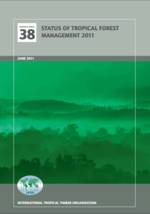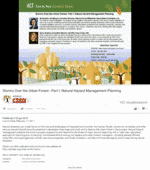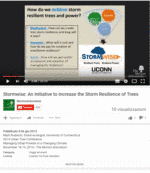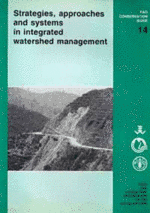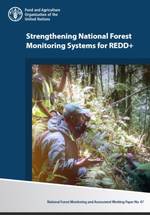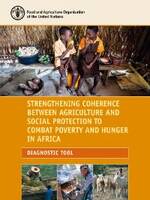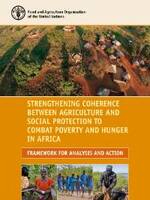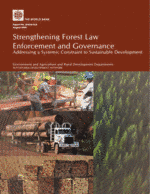Tools
A tool is a resource that supports and guides the implementation of SFM. This section includes all the tools available in the SFM Toolbox, which can be in form of publications, e-learning videos, software etc.
You can browse the Tools through keywords in the free search box or you can narrow the search using the filters on the right side of the page.
In 1987 the International Tropical Timber Organization (ITTO) commissioned a survey of tropical forests in its member countries, specifically directed at the management of forests for timber production. The scope of that survey was later
extended by the publication No Timber without Trees (Poore et al. 1989), which set it in...
Natural disasters can wreak havoc on the lives and landscapes of impacted communities. Hurricanes, floods, ice storms, tornadoes, and other serious natural hazards have the potential to devastate cities large and small, and to destroy the urban forest in the process. Natural hazard management presents the tools to properly prepare...
In the immediate aftermath of a natural disaster, surviving trees can become visual symbols of the catastrophic loss a community has experienced. Residents' responses to trees downed by hurricanes, tornadoes, or ice storms can vary from fear of replanting to impassioned calls for immediate replacement. Successful revitalization after a storm...
Installing trees in locations that are engineered to retain stormwater is a great way to augment existing stormwater management systems, increasing their capacity and improving water quality while greatly improving urban forest canopy. This guide is an introduction to those engineered systems available, and in use today, that utilize trees...
Mark Rudnicki, forest ecologist from University of Connecticut illustrates how to increase storm resilience of trees used in urban forestry in order to prevent storm damages at the 2014 Urban Tree Conference.
This document constitutes the proceedings of an expert meeting on strategies, approaches and systems in integrated watershed management held in Kathmandu, Nepal, from 25 February to 1 March 1985. The meeting was organized jointly by the Food and Agriculture Organization of the United Nations (FAO), the International Center for Integrated...
The Food and Agriculture Organization of the United Nations (FAO) has been providing support to member countries on national forest monitoring for decades. Best practices and lessons learned from this support are summarized in FAO´s Voluntary guidelines on national forest monitoring (VGNFM). The guidelines provide principles, elements and best practices...
Agriculture and social protection are fundamentally linked in the context of rural livelihoods in Africa. Poor and food-insecure families depend primarily on agriculture and partly on non-farm income and private transfers for their livelihoods, and are the main target of social protection interventions (FAO, 2015). When embedded within a broader...
There is increasing recognition at the global level of the role that agriculture and social protection can jointly play in combating hunger and poverty. Efforts are also being made at the country level, in Africa and elsewhere, to bring together these two domains. However, more needs to be done. The...
This report takes stock of current approaches in promoting forest law enforcement and governance and seeks to help better frame discussion on ways forward at national, regional, and international levels. The report outlines ways forward for combating illegal logging and other types of forest crime in the context of a...

